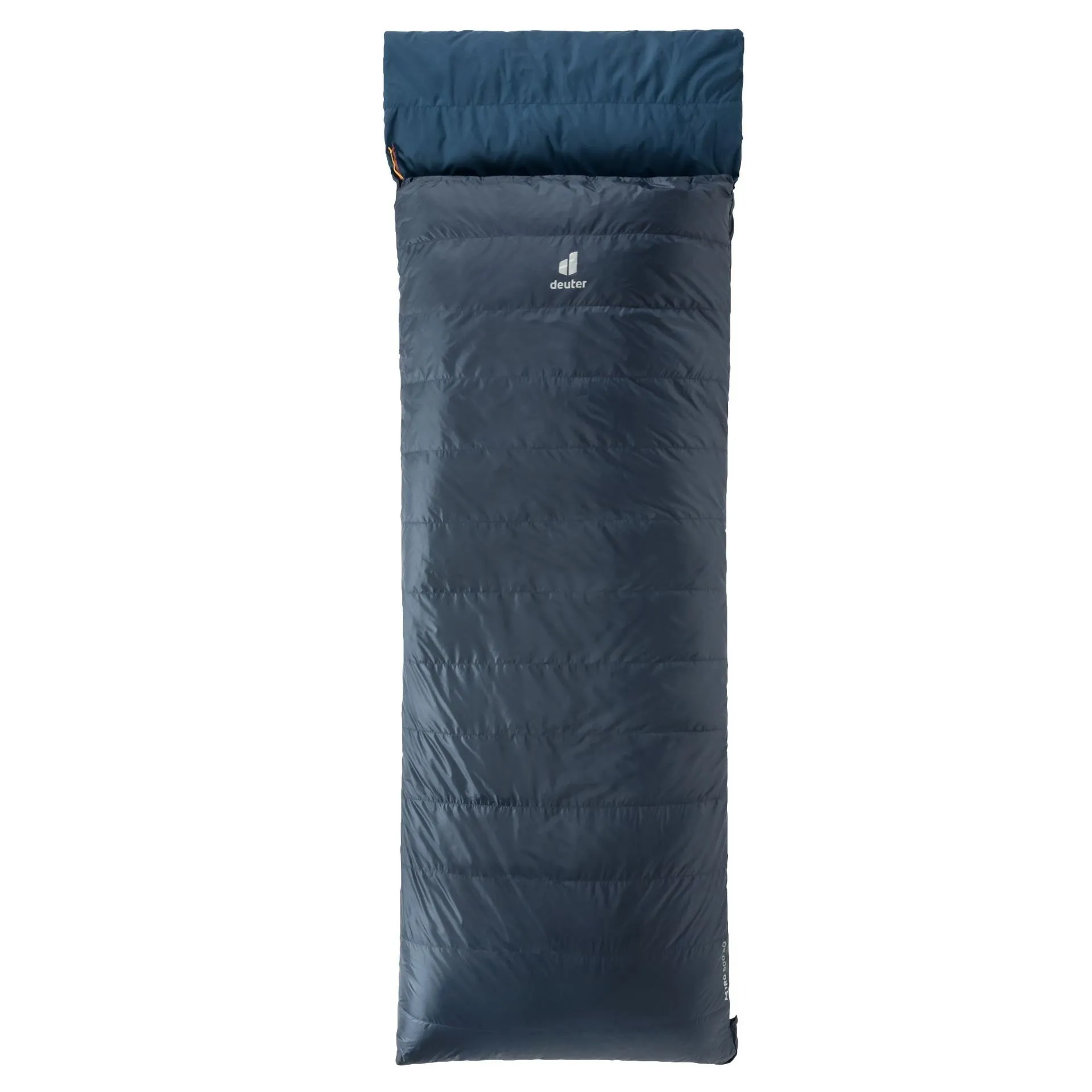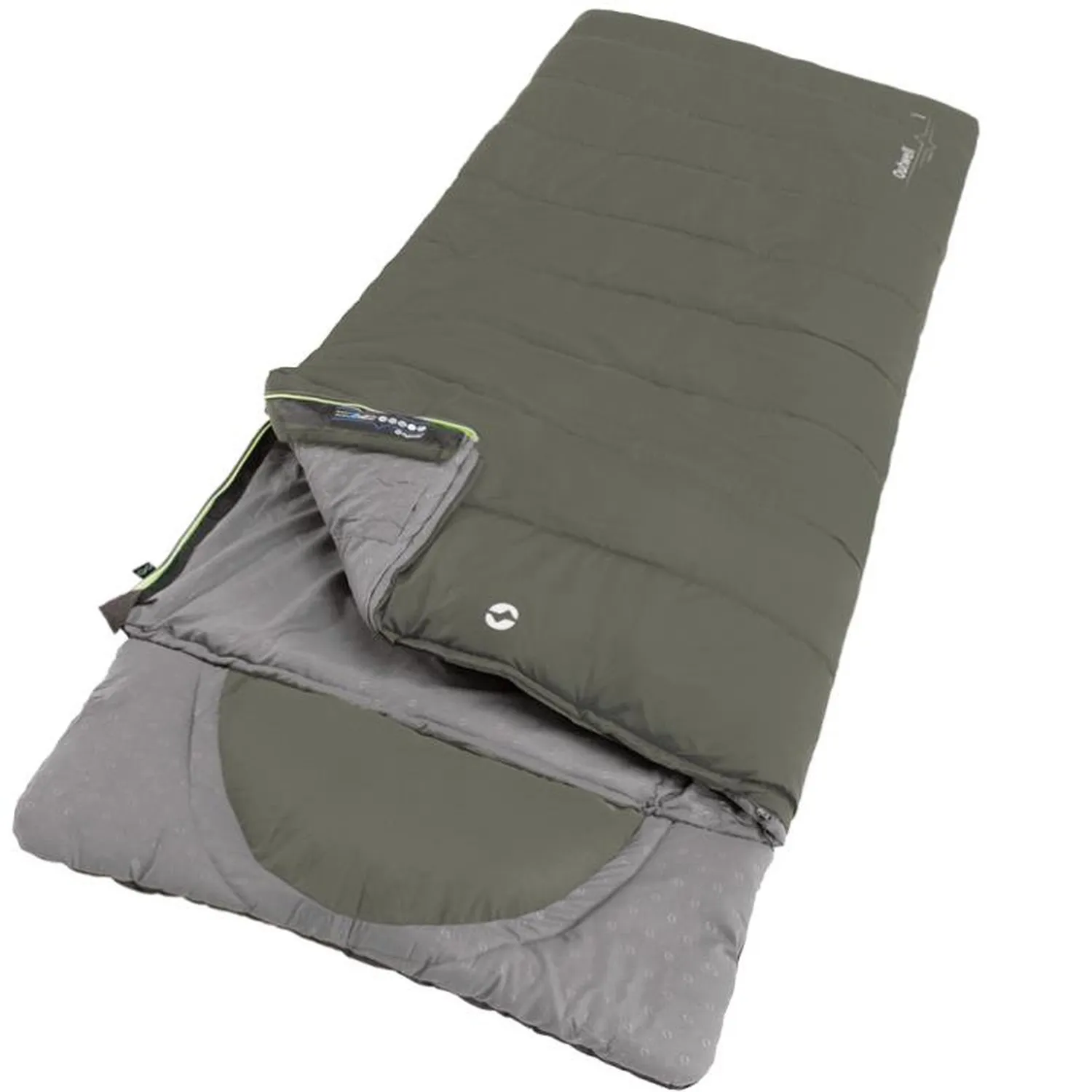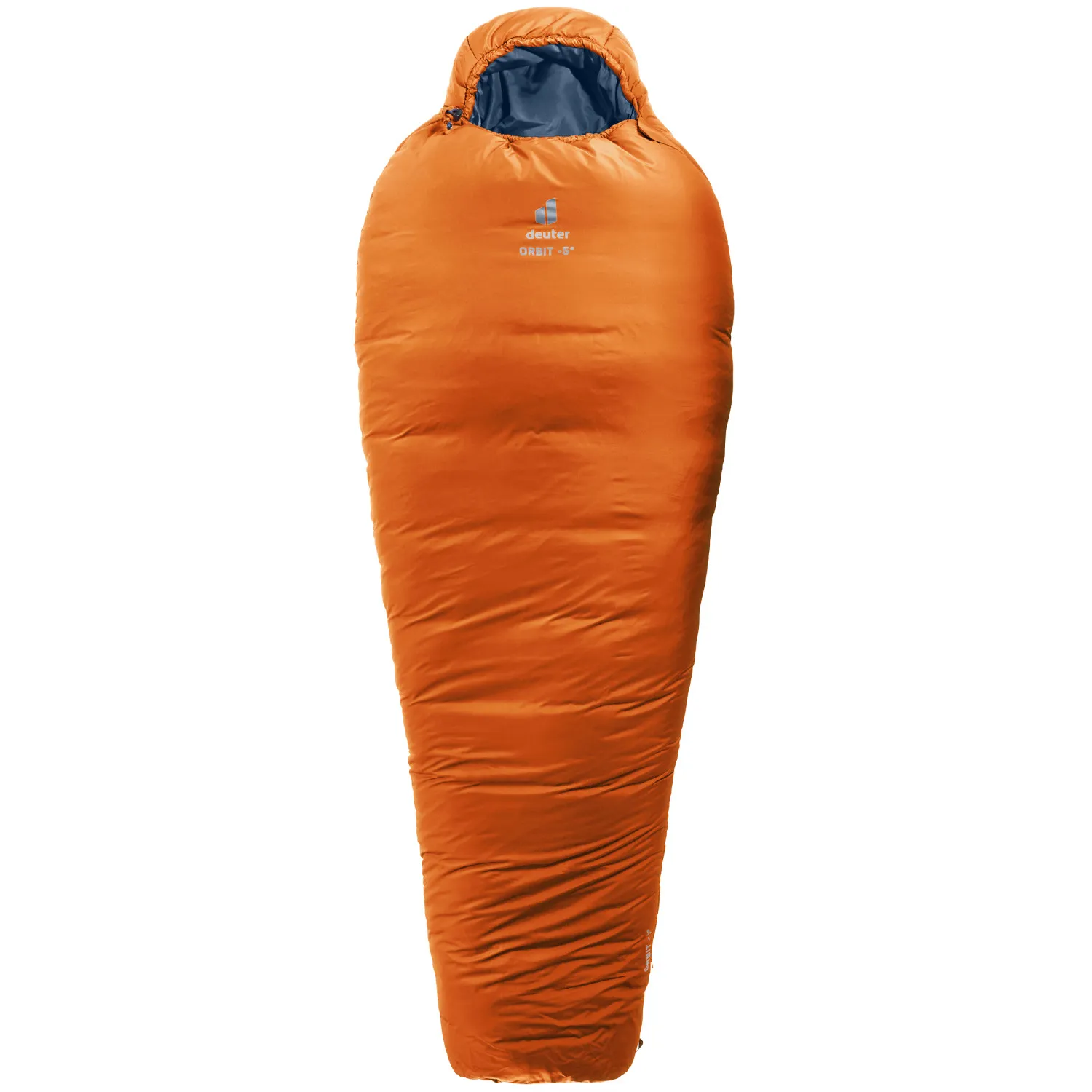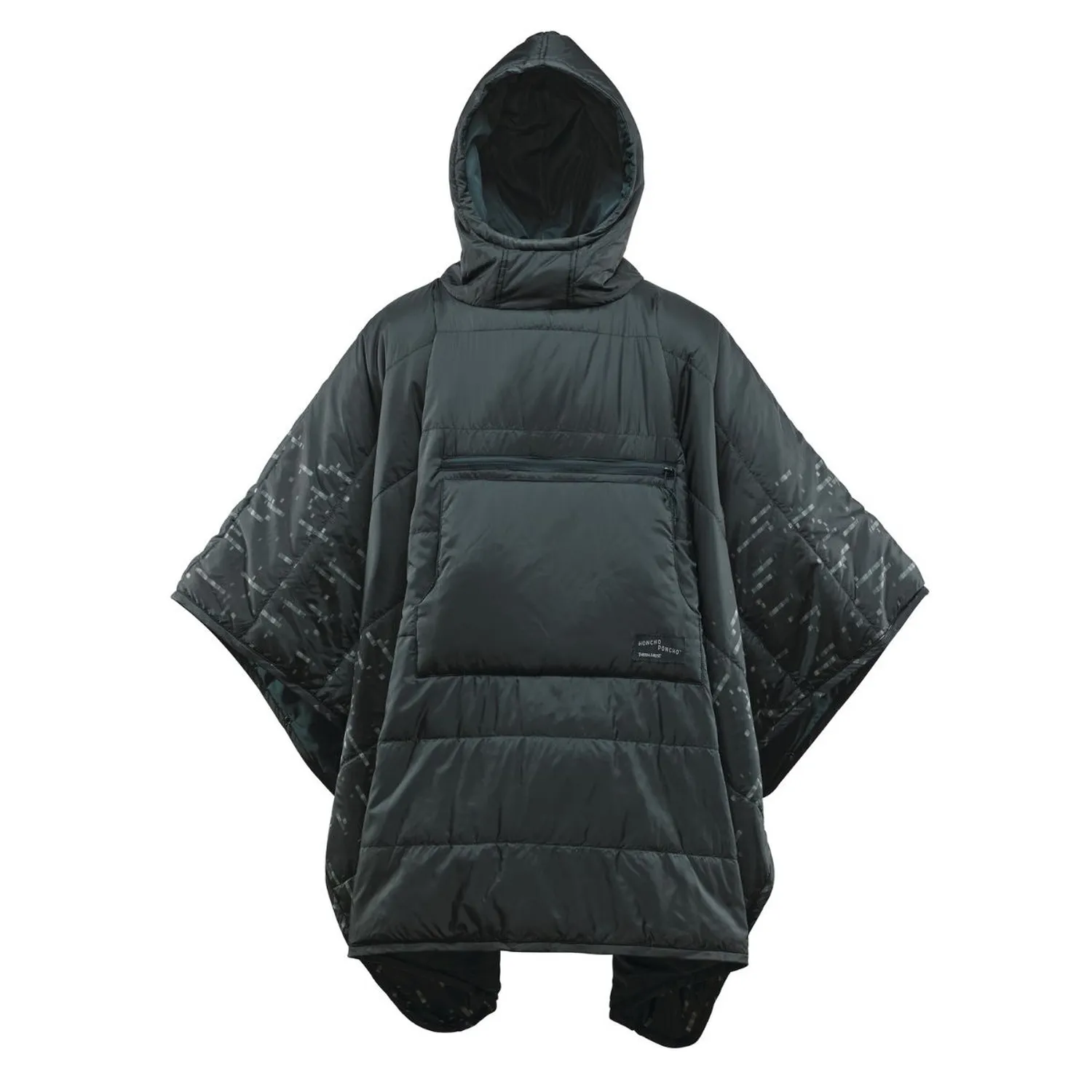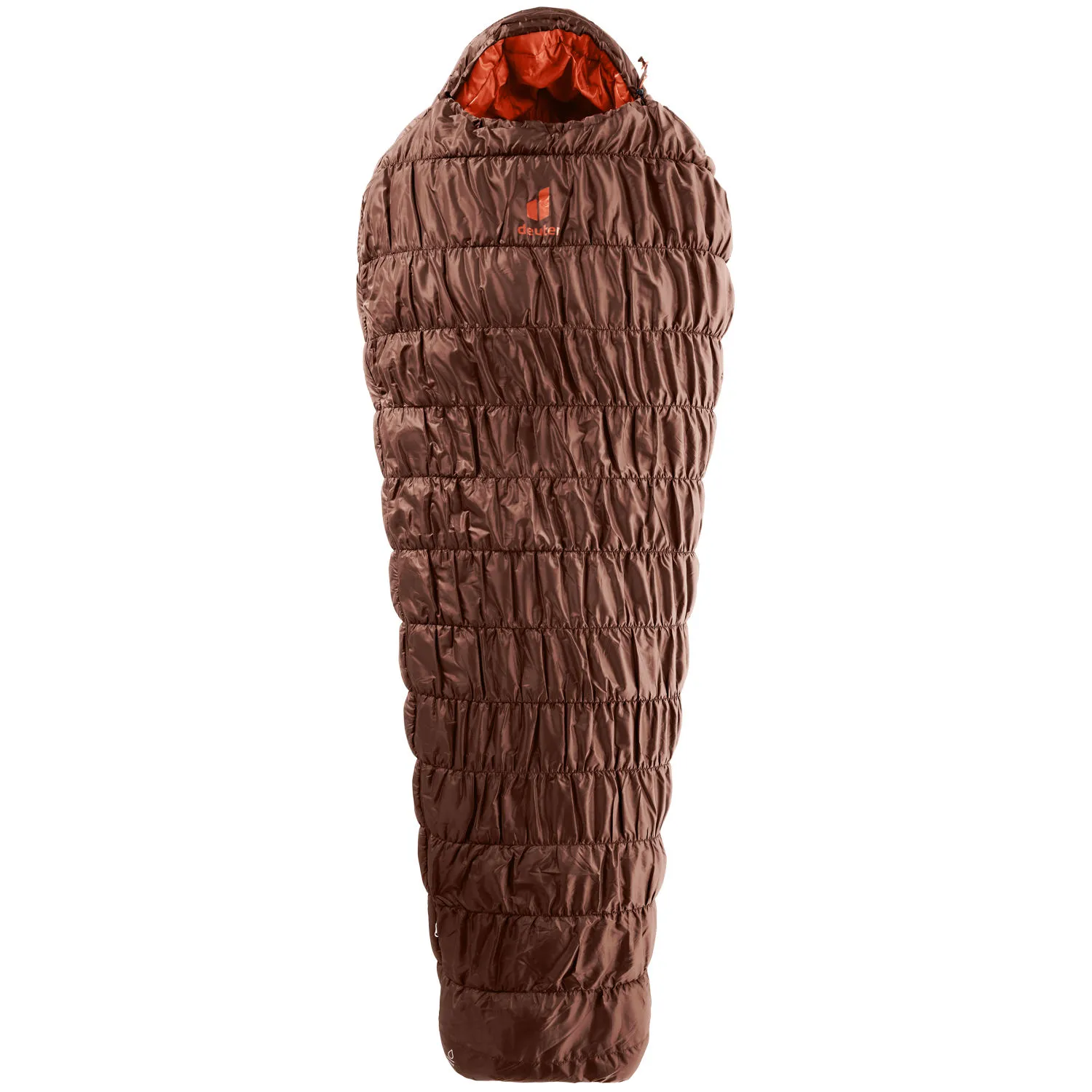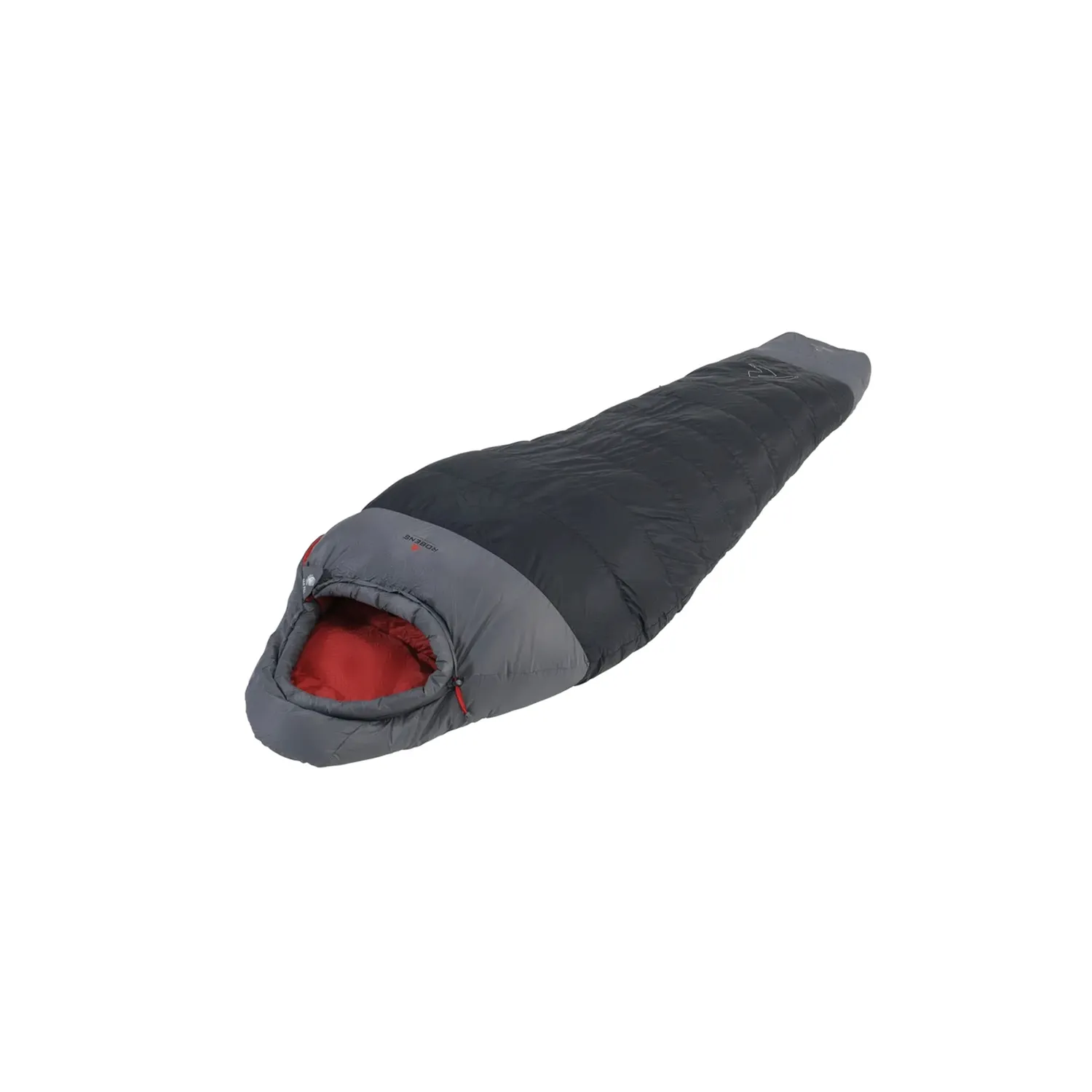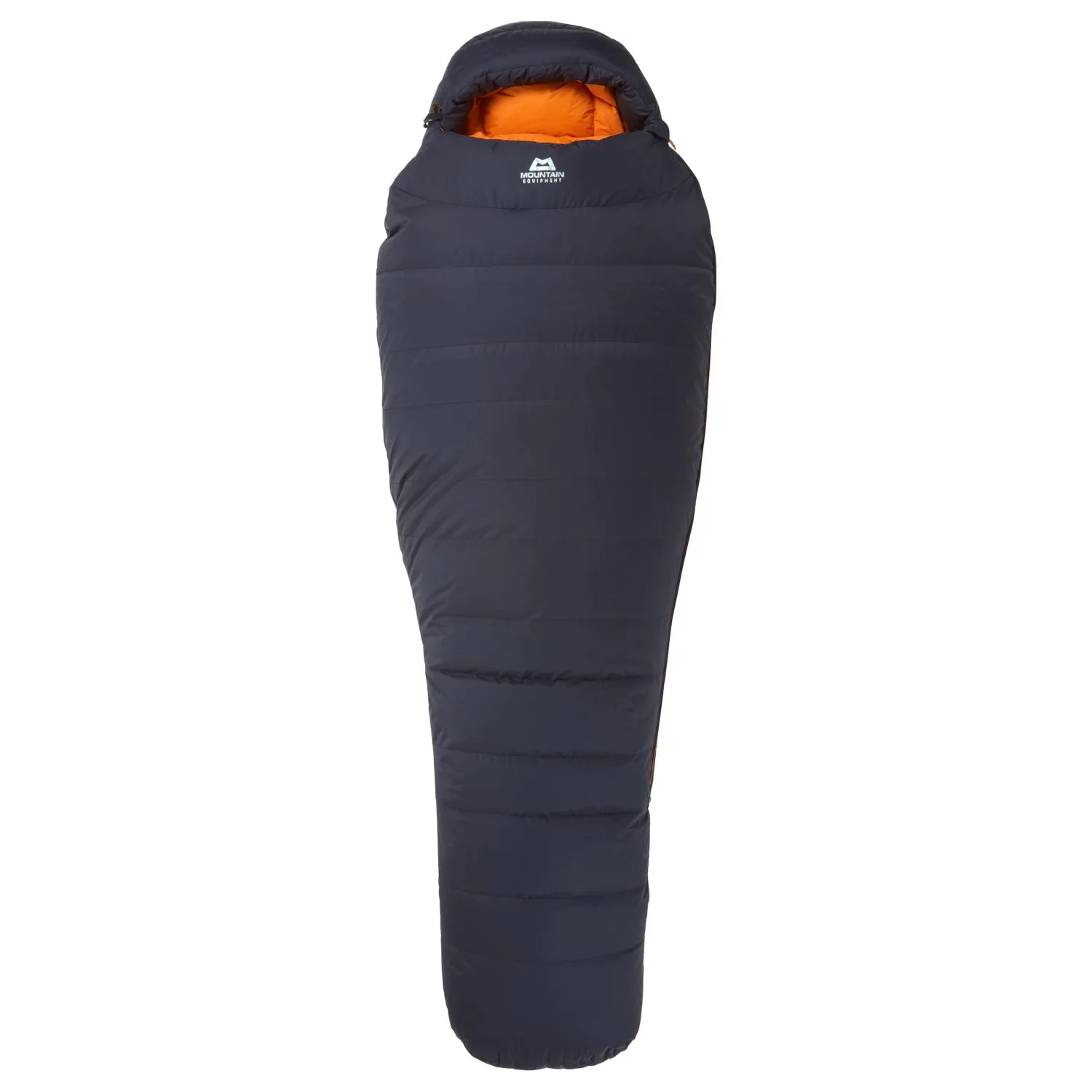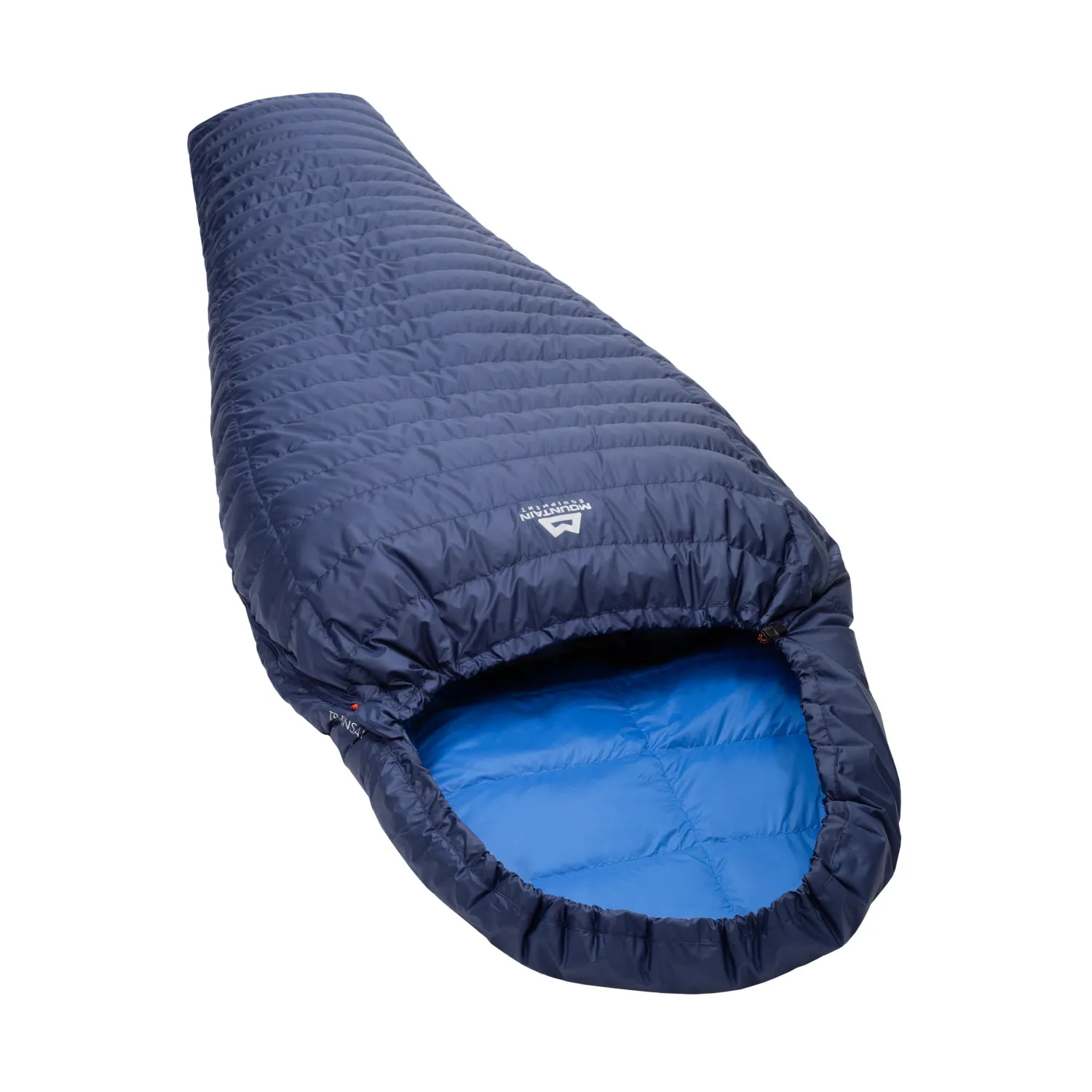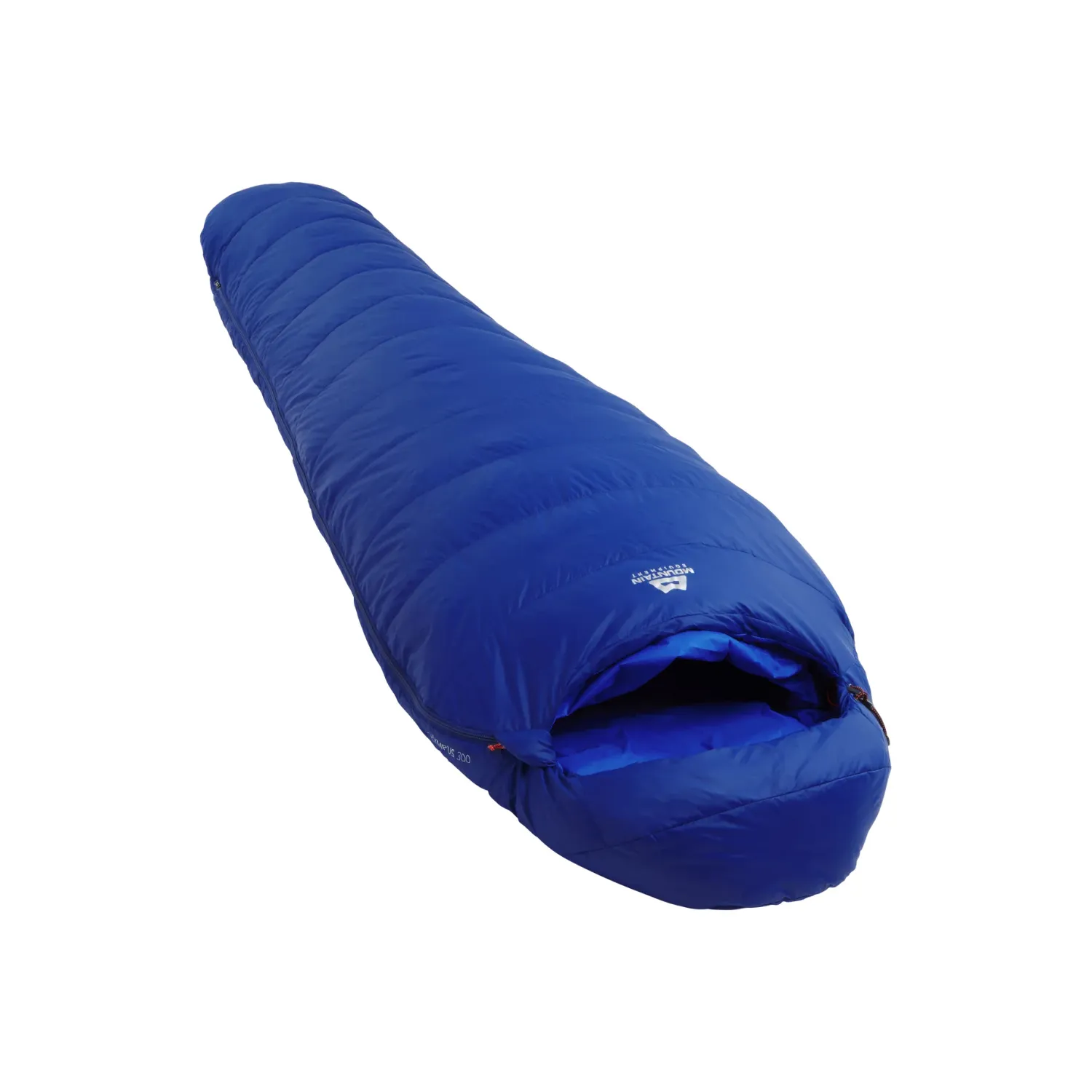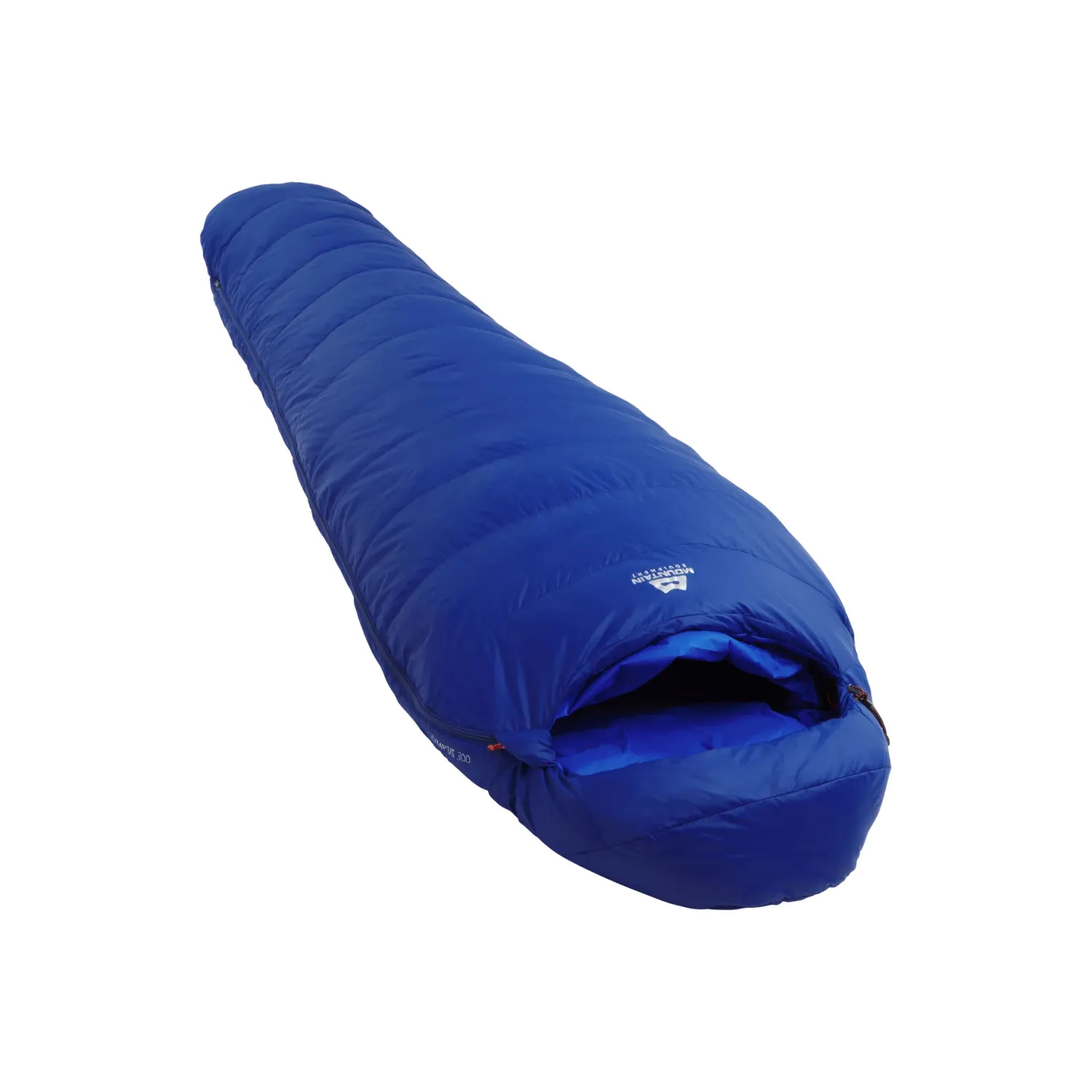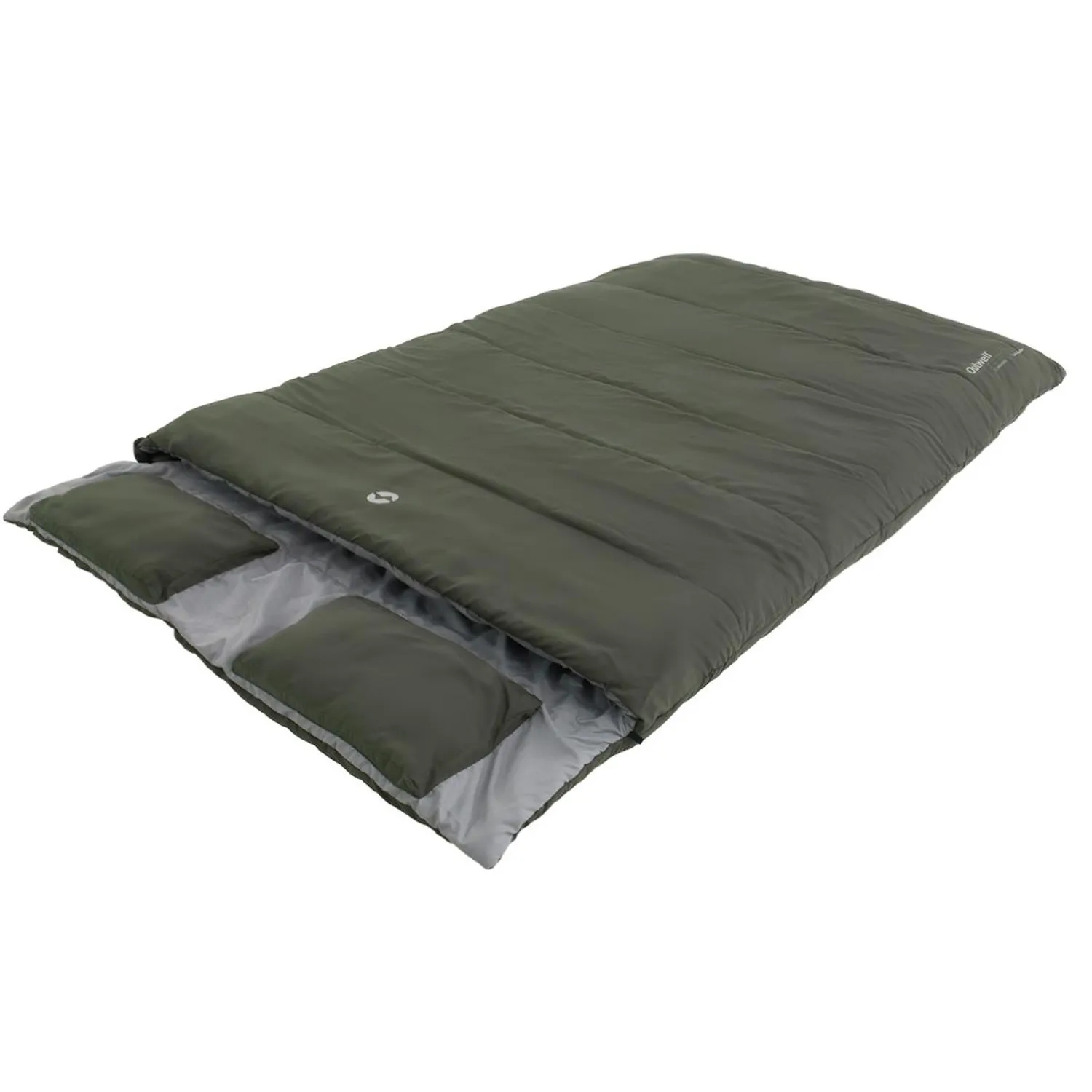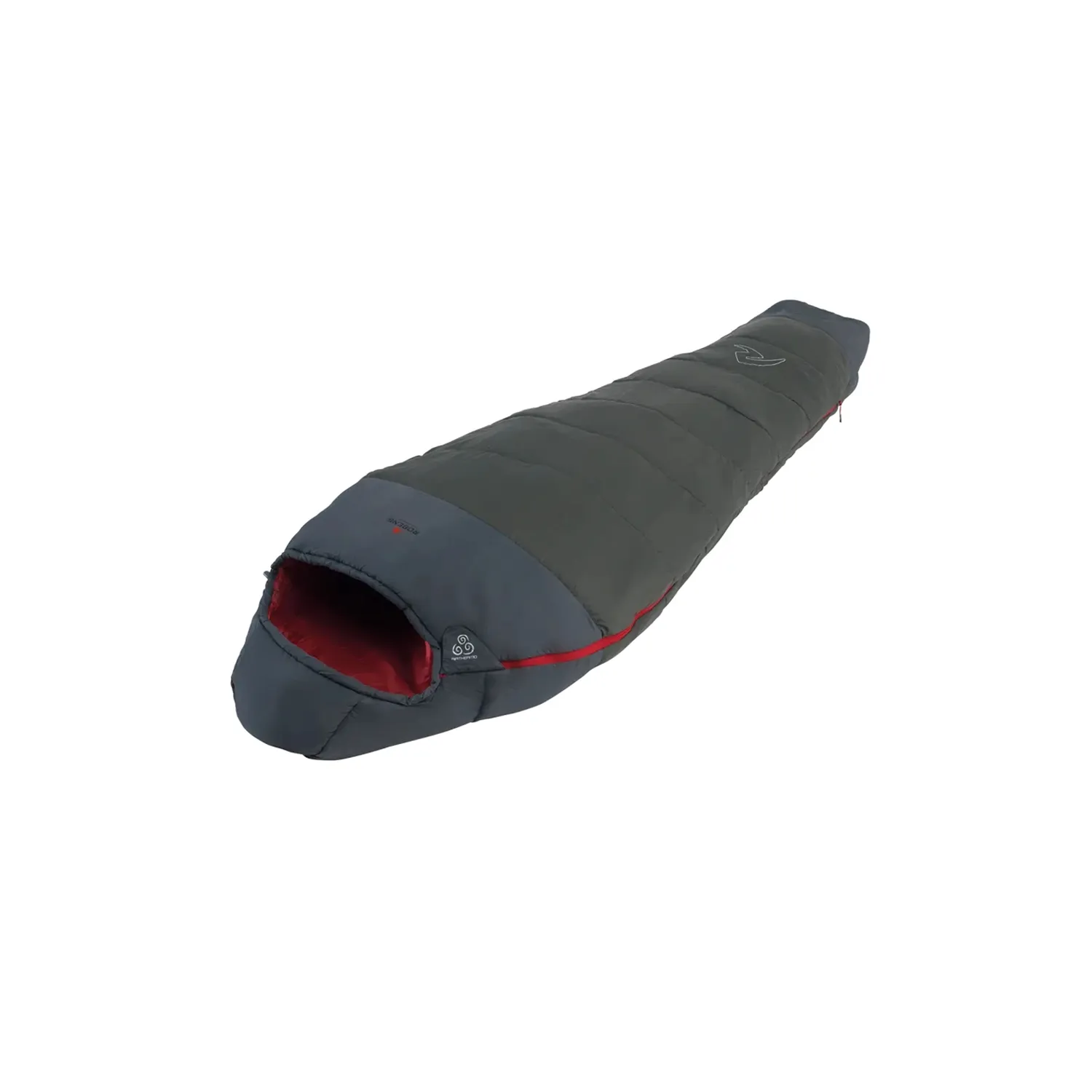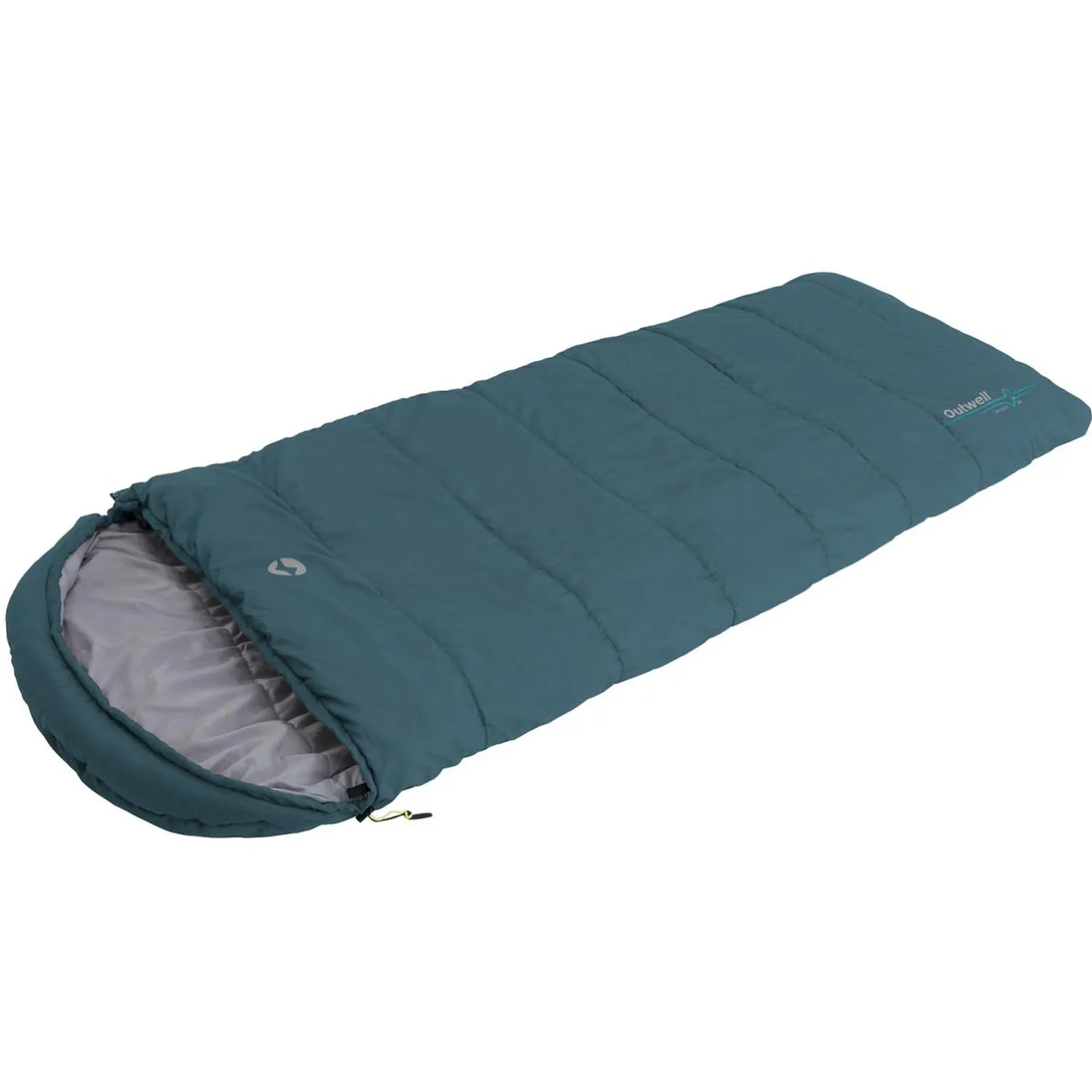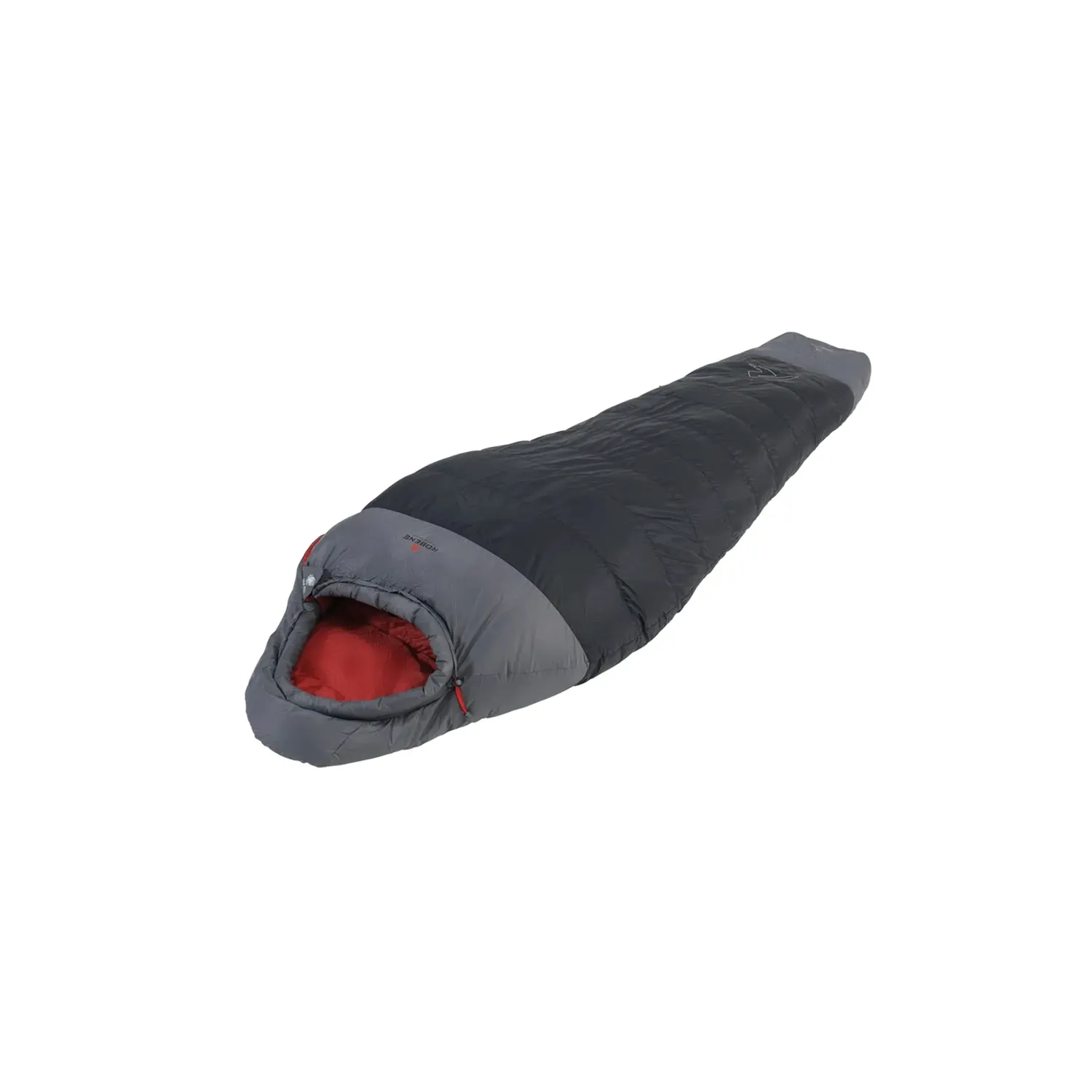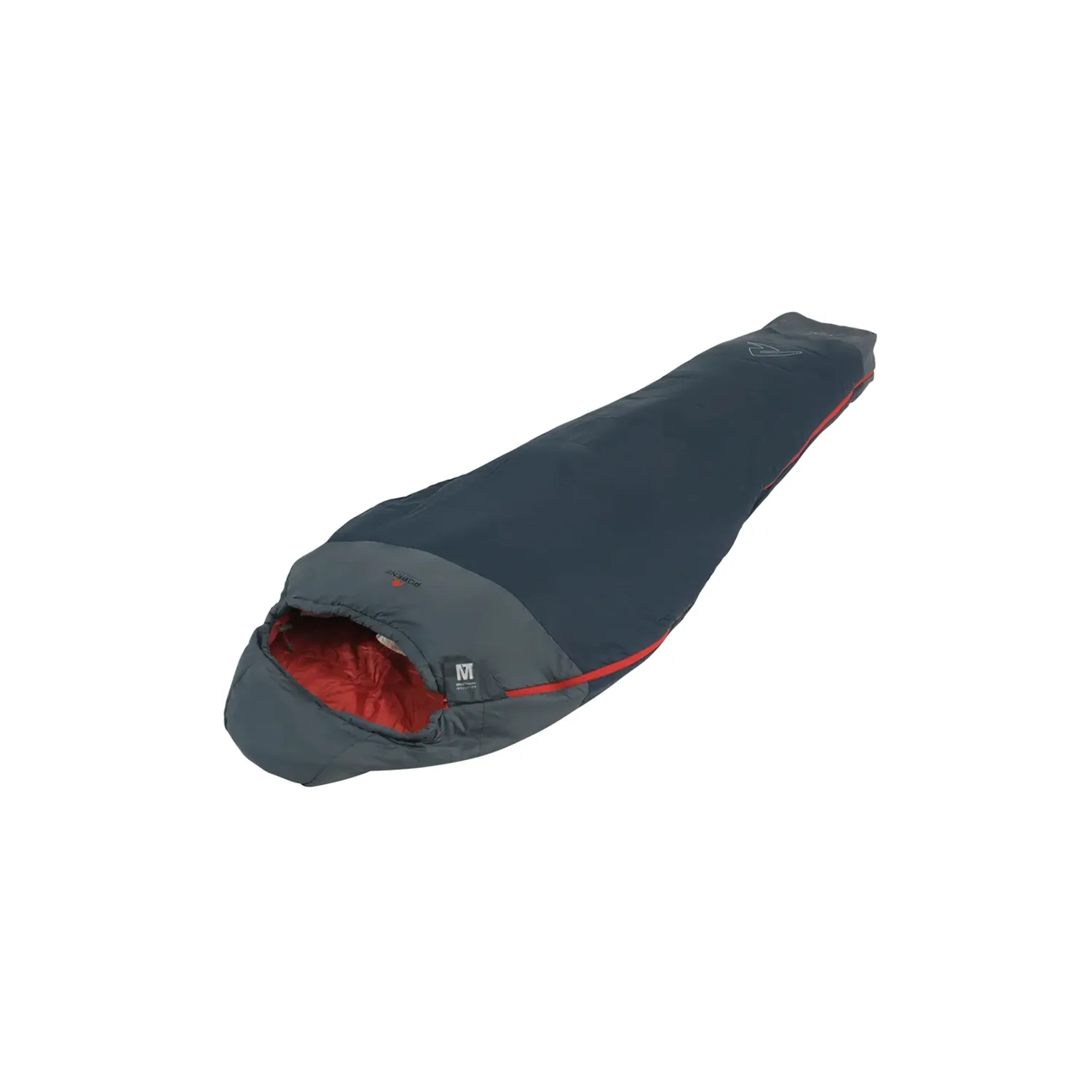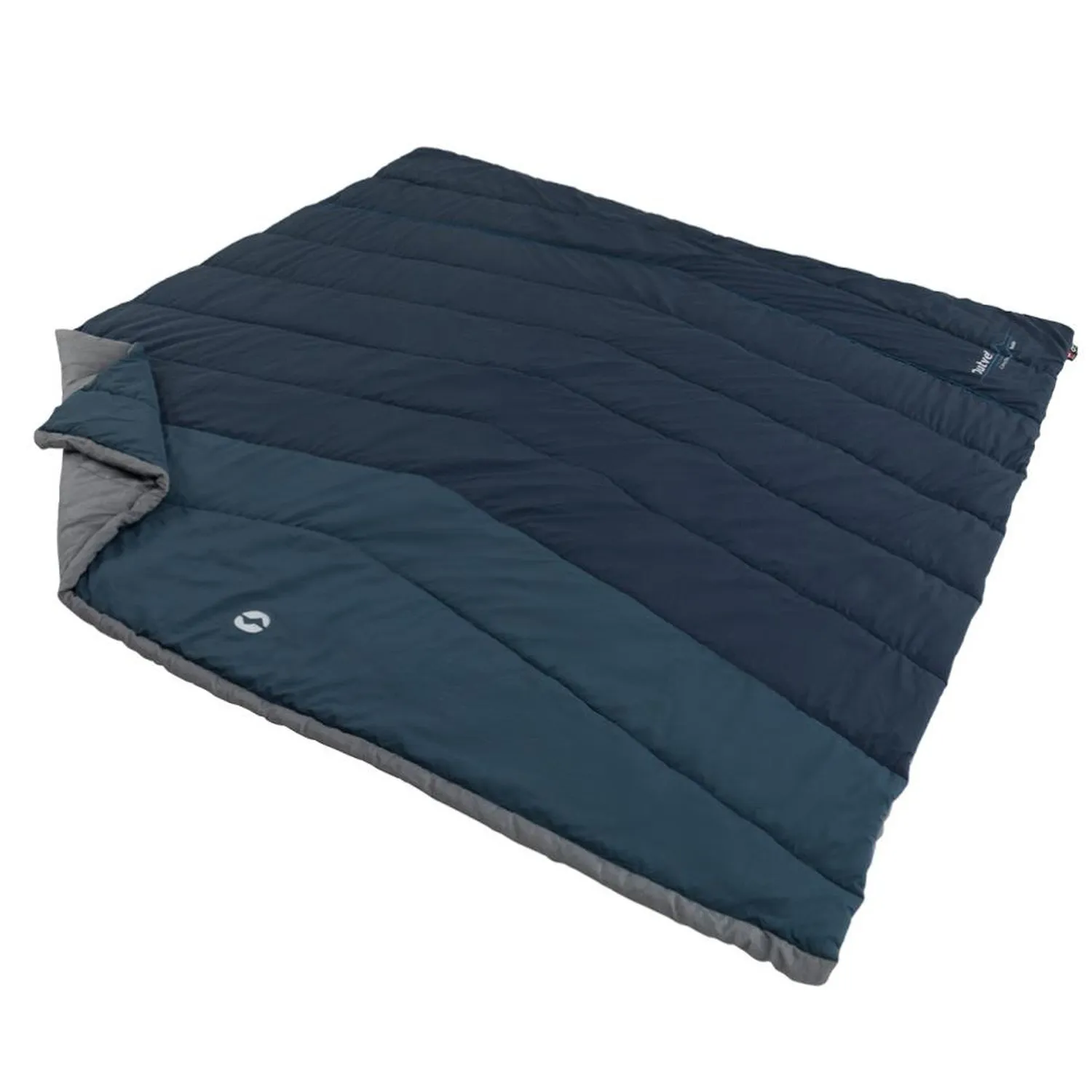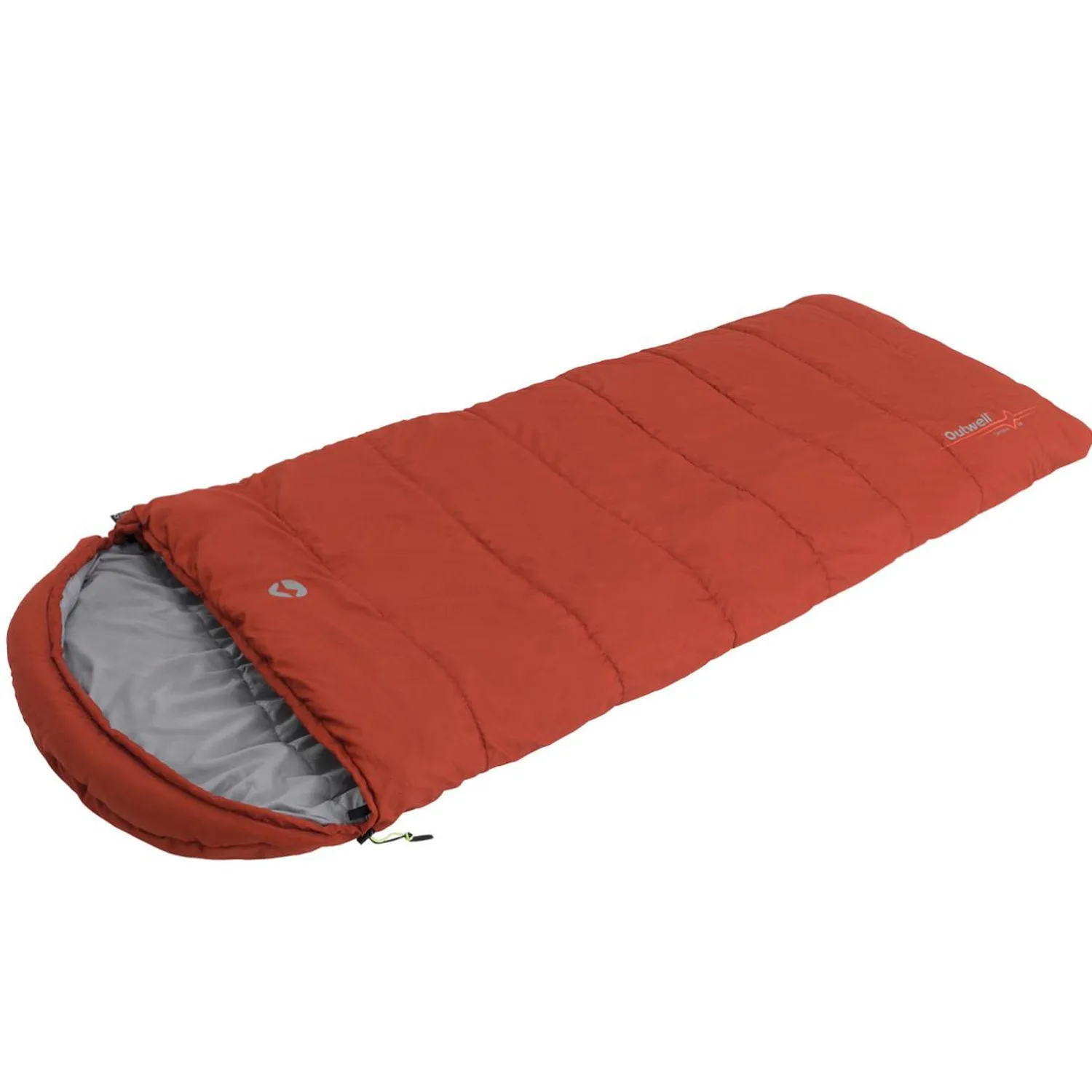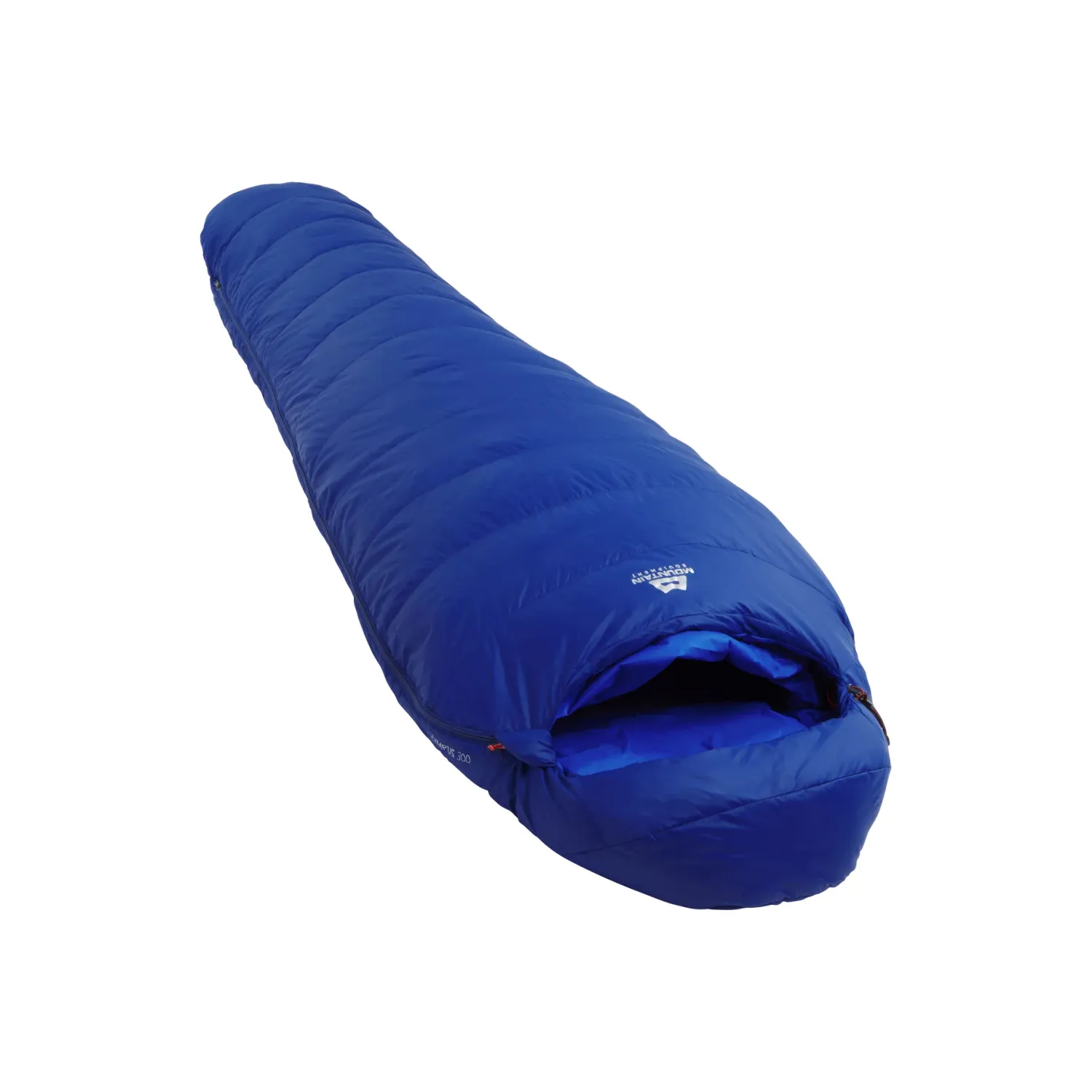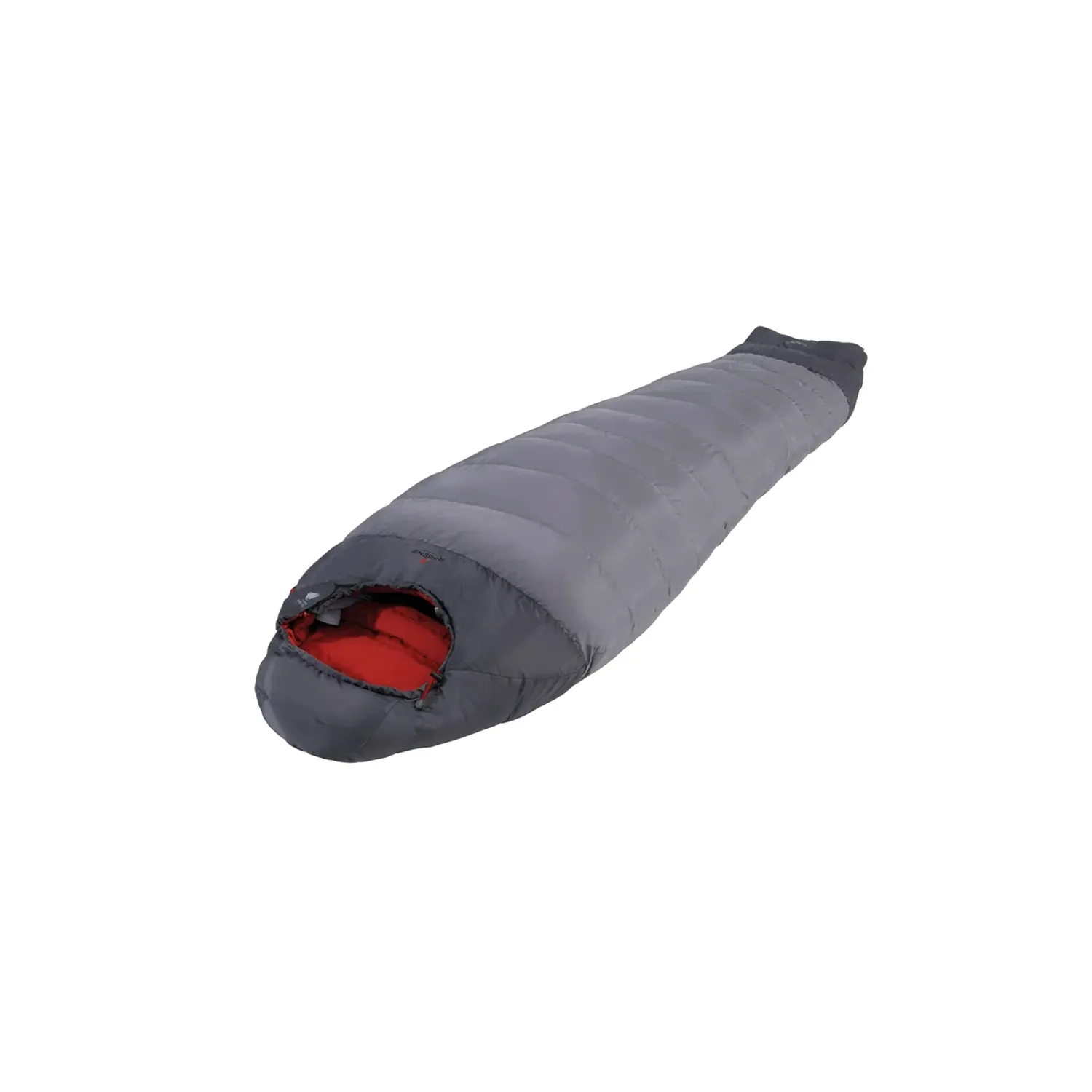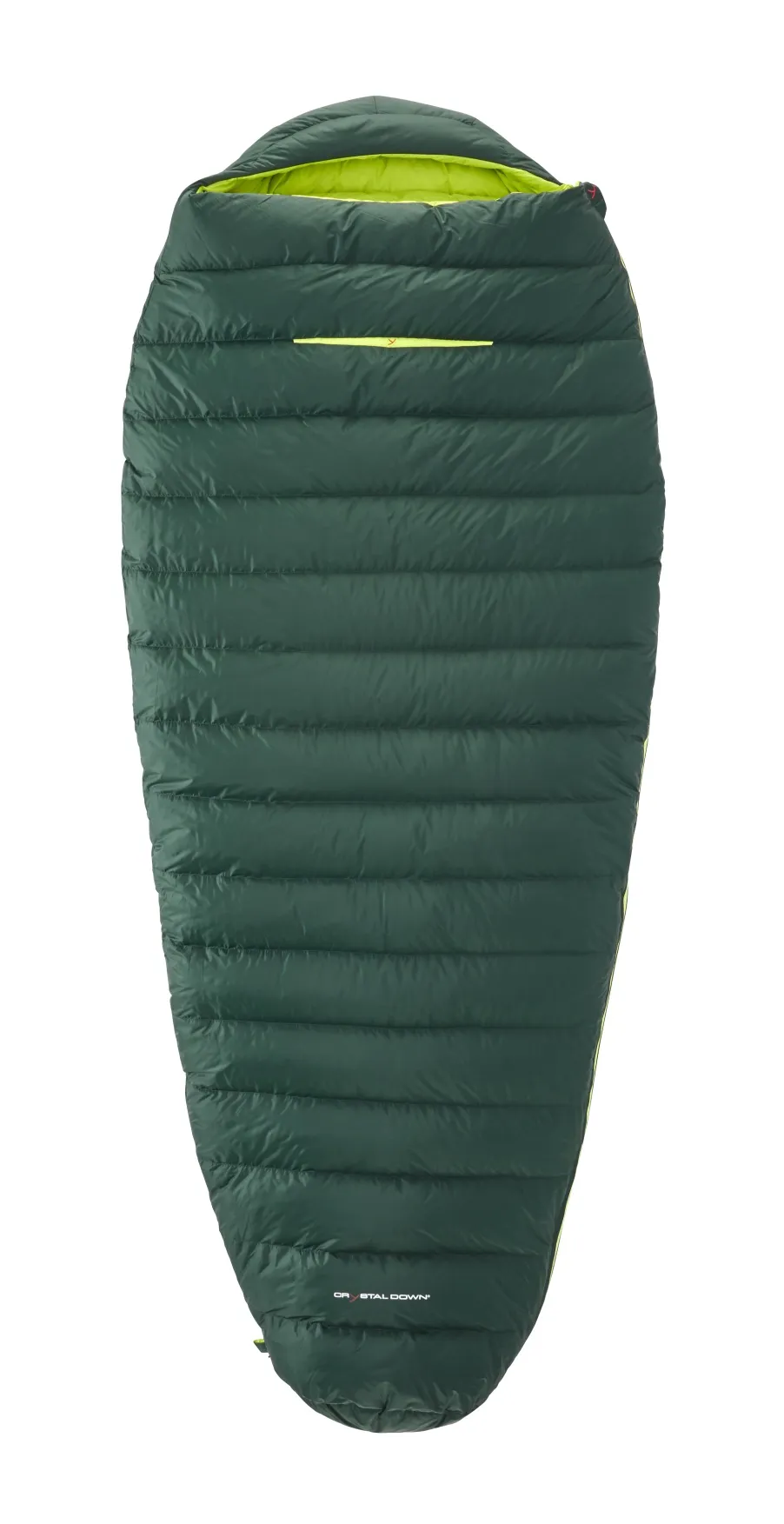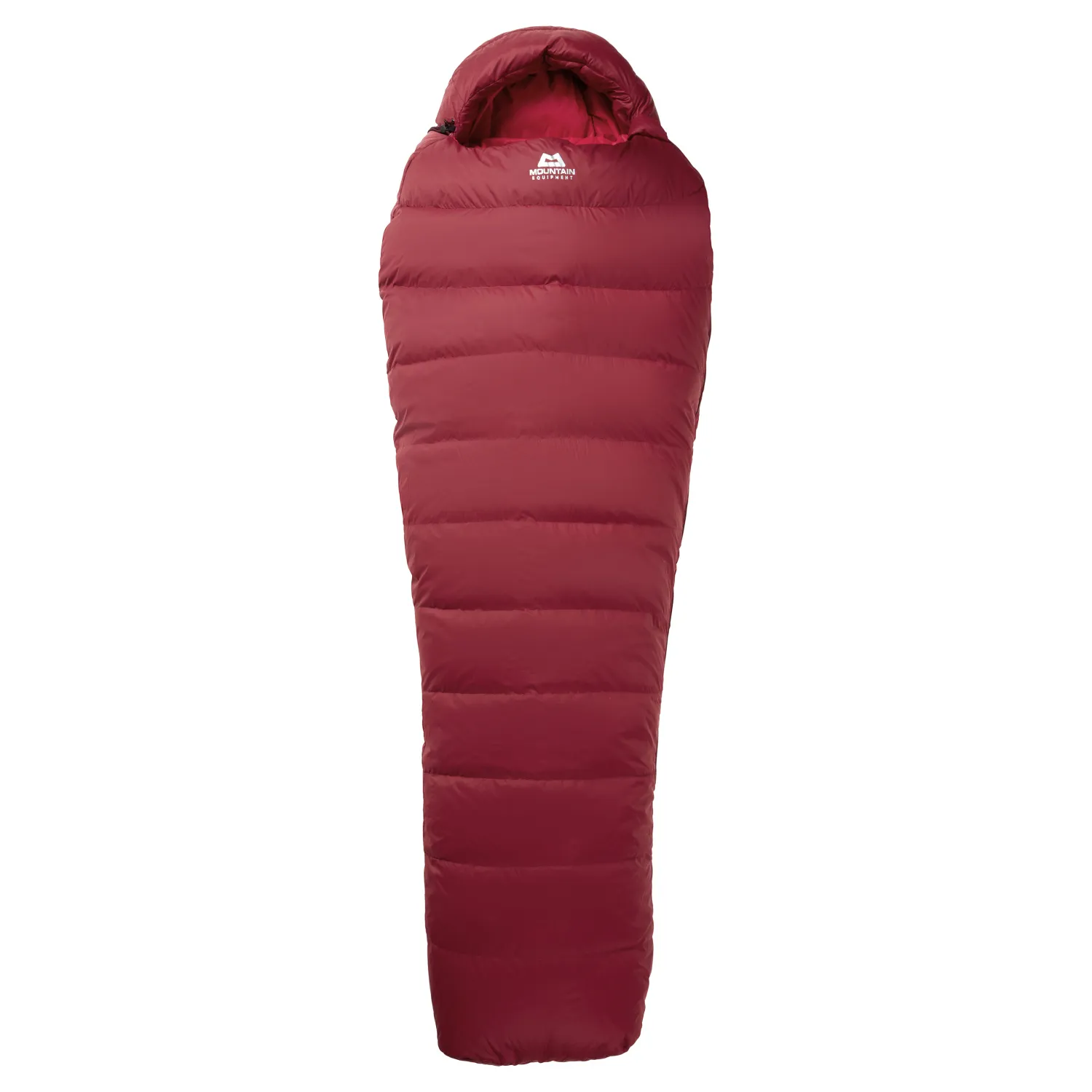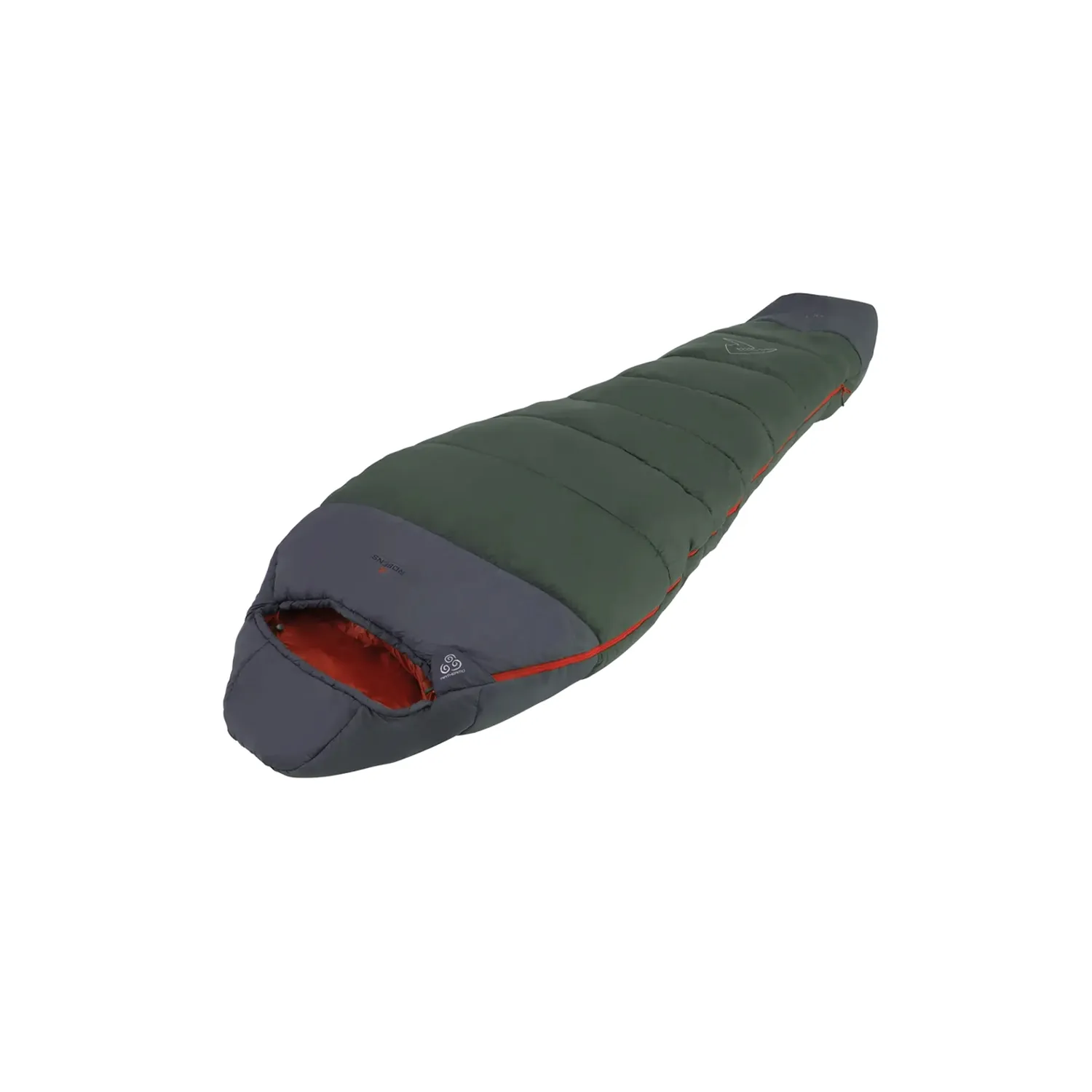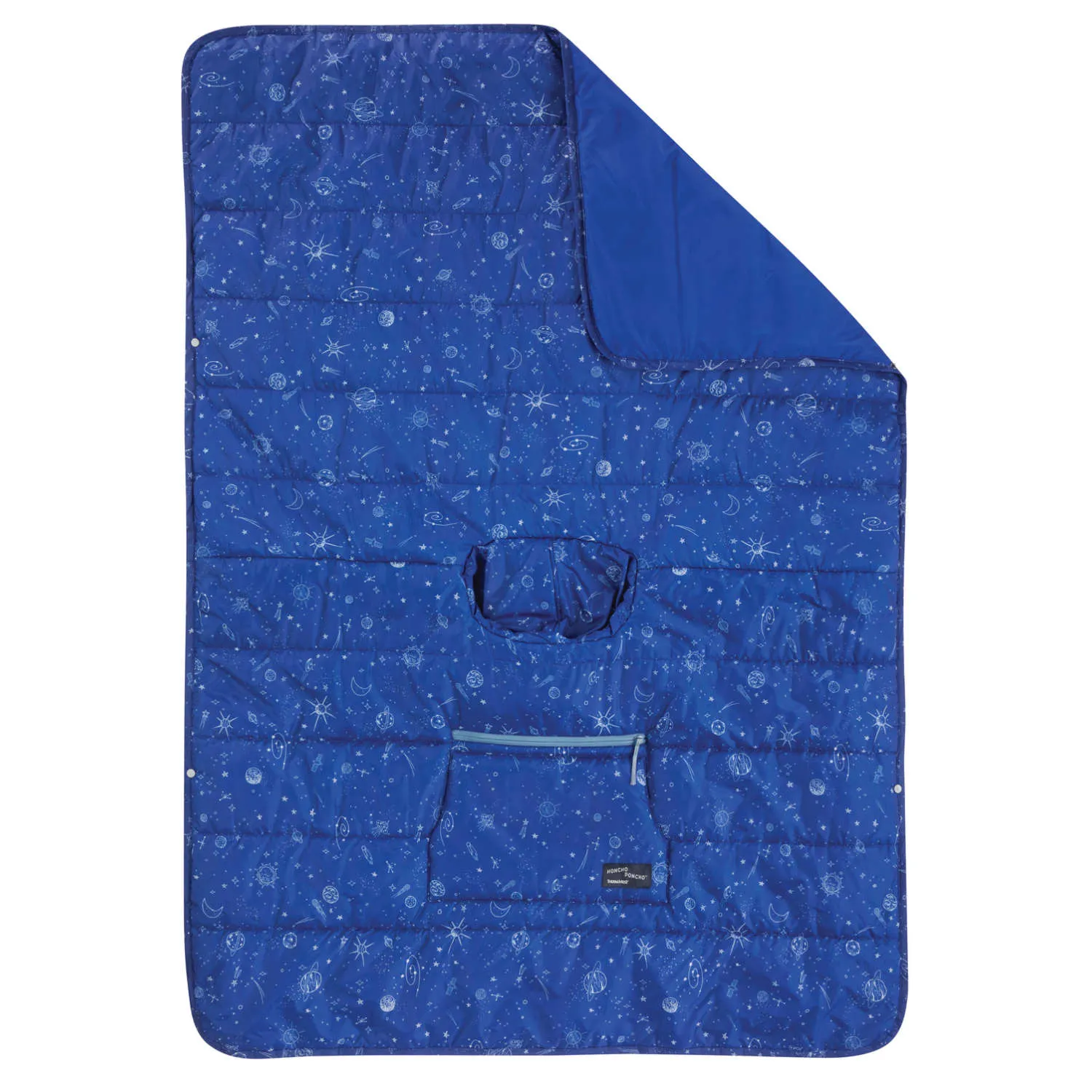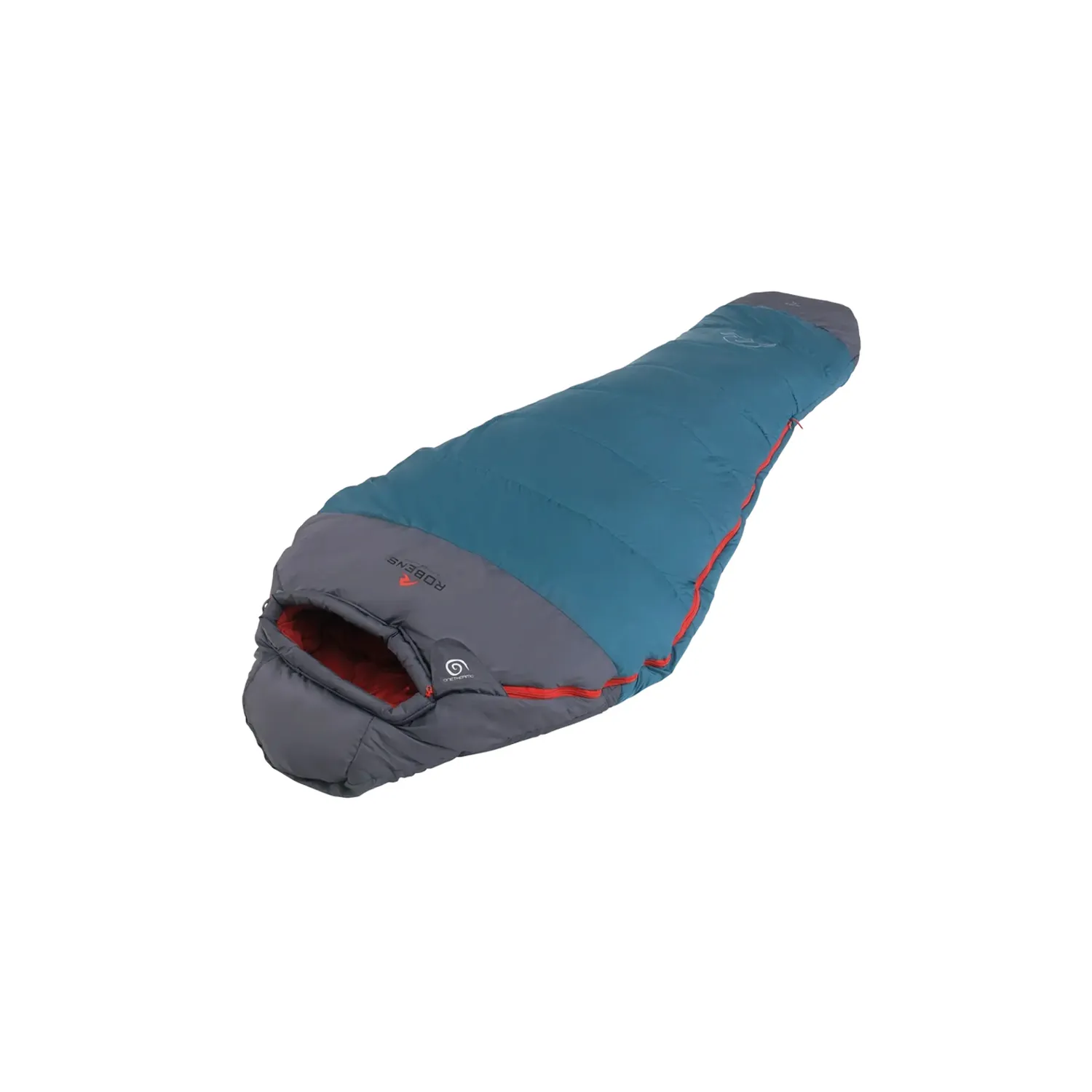Sleeping bags
Finding the right sleeping bag
Mummy, blanket, down, synthetic fibre, wool, children's sleeping bag, hut sleeping bag and ticking - when buying a sleeping bag, you are faced with a large selection
. You should askyourself a few questions before making this choice.
Why and for what do I need the sleeping bag?
Will I be using it primarily on a challenging mountain tour, comfortably on a campsite in summer, in late autumn in Lapland, visiting friends or at a festival? What night-time temperatures can I expect? Will I still use it in frosty conditions? What kind of weather is generally likely on my tours? Where will I spend the night? Tent, hut, house or do I sleep in the open air without a tent? How long are my tours? 2 days, 3 weeks or even several months at a time? What demands do I place on the durability of the sleeping bag?
The type of sleeping bag: mummy or blanket sleeping bag
Mummy sleeping bags
The mummy sleeping bag is basically suitable for every area of use, provided the temperature range is taken into account. A sleeping bag only stores the heat produced by the body. The fact that a mummy sleeping bag is narrower at the bottom means that you have to heat less "useless" air yourself, the heat is optimally stored and even cold feet get warmer faster than in a blanket sleeping bag. In contrast to a blanket sleeping bag, you also save weight due to the lack of corners. Mummy sleeping bags usually have an adjustable hood, which stores a lot of warmth in the sleeping bag. Many models have an adjustable thermal collar for additional heat retention.
Blanket sleeping bags
are the cosiest
models.They offer plenty of freedom of movement and the feeling of sleeping under a normal blanket. Some blanket sleeping bags have a cotton lining, which makes them feel very comfortable against the skin. However, due to their shape and the fact that the hood is often missing or cannot be closed, blanket sleeping bags are less "weatherproof" than mummy sleeping bags. They are great for sleeping with a solid roof over your head, such as summer camping in a family tent or motorhome.
The sleeping bag filling - down, synthetic fibre or wool
The down filling
Down sleeping bags feel fluffy and soft, insulate well and provide a good sleeping climate. The ratio of warmth to pack size is ideal for down sleeping bags. In other words, down sleeping bags are not warmer than synthetic fibres, but lighter in relation to their temperature. High-quality down is durable and retains its good thermal insulation for many years. However, a down sleeping bag loses its insulating effect when damp or even wet and takes a relatively long time to dry. As a rule of thumb, the finer and more fluffy the down, the lighter the sleeping bag, but the more sensitive it is to moisture. Down is used in duvet and mummy sleeping bags.
The synthetic fibre filling
Synthetic fibre sleeping bags are cheaper than good down sleeping bags and high-quality fibres insulate even when damp. This makes a synthetic fibre sleeping bag ideal for wilderness tours and sleeping in the open air. However, a synthetic fibre sleeping bag is heavier and larger in pack size than a down sleeping bag with the same thermal performance and, depending on the quality, loses its thermal insulation over the years. Cheaper models with simple fibres are popular at festivals, for example.
The wool filling
Wool has also become interesting as a sleeping bag filling in recent years. Just like down, it offers a very good sleeping climate, is somewhat heavier in comparison, but is relatively robust against moisture.
Inner and outer covers of sleeping bags
Cotton
Cotton offers a very pleasant skin feel as an inner lining fabric. However, it attracts moisture and is heavier than synthetic fibres. Cotton linings are rarely used and are usually found in blanket sleeping bags.
Synthetic fibre fabrics
These fabrics are mainly used. They are light, easy to care for and water-repellent. Some fabrics are roughened to create a cotton-like impression and are used in blanket sleeping bags.
Hut sleeping bagand liner
Both are made of cotton, blended fabric, synthetic fibre, silk or a silk-cotton blend. Both the hut sleeping bag and the ticking are only used for hygienic use of the blankets in huts or hostels; the ticking keeps the sleeping bag clean. Neither has any insulating effect. Only special thermal liners increase the temperature range of a sleeping bag slightly.
Children's sleeping bag
It is advisable to buy a suitable children's sleeping bag specifically for smaller children. Too much warmth is lost due to the excess space in the adult sleeping bag. There is also a risk of small children slipping too deeply into the sleeping bag. Some children's sleeping bags are available in variable lengths. Short adult sleeping bags are also available for older children, from around 10 years of age.
Basic information about sleeping bags
A sleeping bag only stores the heat produced by the human body, depending on the insulation of the sleeping bag. This means that a sleeping bag should fit. When lying stretched out, the feet should not touch the bottom and the hood should comfortably enclose the head. On the other hand, a sleeping bag should not be too large to prevent heat loss. A sleeping bag always requires the use of a well-insulated sleeping mat. Otherwise, even a warm sleeping bag may feel very cold. Never slip into a sleeping bag when you are freezing or wearing damp clothing. Otherwise it will take a long time before you feel cosy and comfortable. Change clothes and warm up with warm drinks, for example. Realistically assess the expected night-time temperatures when buying a sleeping bag!
The temperature information on sleeping bags
There are several temperature indications on sleeping bags, often divided into men's and women's temperatures. Regardless of whether you are a man or a woman - for longer tours, especially in cool and damp areas, always use the women's temperature as a basis. This is also known as the comfort temperature. You can always open a sleeping bag, but freezing nights spoil valuable holiday days. The philosophy of simply wearing warmer clothing is only a short-term emergency solution. The so-called extreme temperature, usually in the minus range, is not a basis! This only means that you can survive these temperatures shivering for a few hours until physical damage occurs. That would not be a good holiday destination. On the other hand, you shouldn't overdo it in the other direction either. Someone who is guaranteed not to want to use their sleeping bag at 0°C does not need a comfort zone of -10°C.
Storing and washing your sleeping bag correctly
Sleeping bags should be taken out of their pack sack at home and stored loosely. It doesn't matter whether they are hung up or lying loose. The sleeping bags are transported in the pack sack. In order to get them into the sleeping bag gently, they are stuffed into the pack sack with the zips closed, starting from the foot end. Sleeping bags are always washed with the appropriate special detergent and without using fabric softener. Down sleeping bags are either washed in the washing machine on the hand wash programme or by hand in the bathtub. They can then be put in the tumble dryer, ideally with a few tennis balls. These help to fluff up the down again. Synthetic fibre sleeping bags can be washed at 30°C in the washing machine on a delicate cycle. The sleeping bag can then be tumble dried as normal.

























